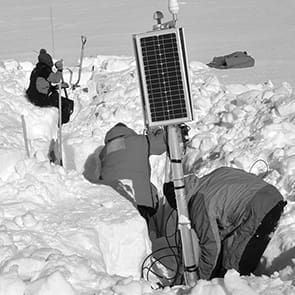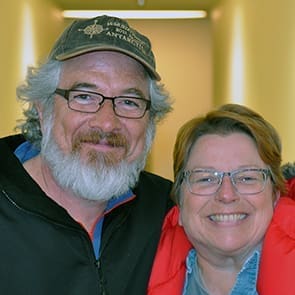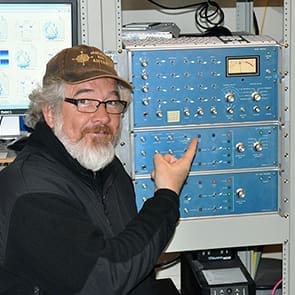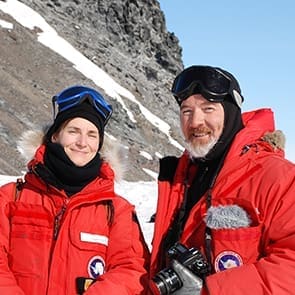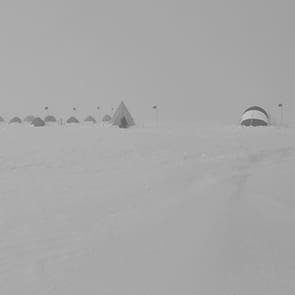Yesterday Camp – Part 3 – “Second to the right and straight on ‘til morning”
Part 3
“Second to the right and straight on ‘til morning”
We loaded up the gear on our small fleet of snowmobiles and headed out into the open ice today. We drove about 15 miles to one of 30 seismic stations that need to be removed and returned to the researchers at UC San Diego. Pete led the caravan and after about 20 minutes of bumping along the snow, he stopped to make sure we were all doing well. We were in a place where the markers of life back home no longer existed. Our GPS system was the only way to navigate the featureless landscape. After checking in, Pete pointed forward and shouted the line from J.M. Barrie’s Neverland, “straight on ‘til morning.”
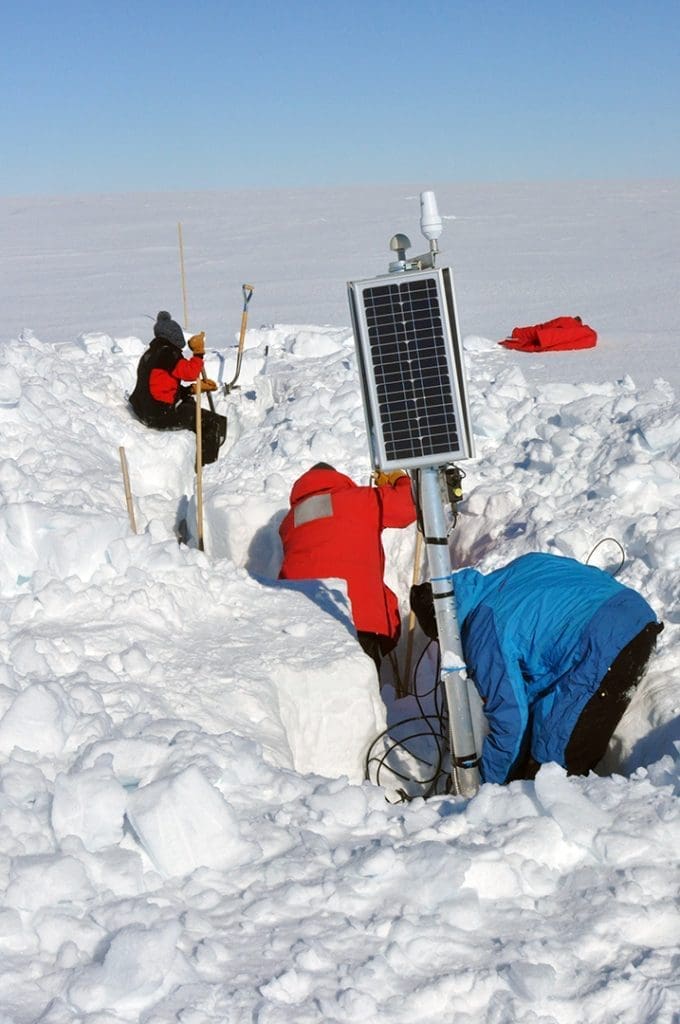
The only feature to break the endless horizon was a small solar panel sticking out of the ice. This was our first seismic station. To remove the equipment, we spent the next couple of hours digging 3 holes, about 6 feet deep and 5 feet in diameter and one 25-foot trench that held the cable connecting the seismic sensor to the central control box. It was grueling work. Martin, our team leader, made sure the equipment was extracted properly and he recorded vital information from the computer core. We needed his expertise and the expertise of the graduate students to handle this sensitive equipment. We needed Pete’s expertise to keep us safe during the day’s work. However, on the topic of full disclosure, they really didn’t need a musician. They mostly needed an extra pair of hands to shovel snow. That was my job.
Just as Galileo’s telescope helped him see further than his eyes were capable of, these stations help us listen to the ice beyond the capabilities of our ears. They hear the tremors in the ice as the powerful waves of the ocean heave up from below. They hear earthquakes in every corner of the planet. They allow us to listen in new ways. For more information on the science behind this project go to https://scripps.ucsd.edu/centers/iceshelfvibes/.
Once the equipment was free of its snowy grave, we loaded up the sleds and headed back into the open ice. Like the open ocean, the ice shelf has waves of snow formed by the swirling winds. The bumps and twists of these snow waves make for a wild ride on the snowmobiles. It felt like running whitewater rapids while towing $20,000 worth of scientific equipment on a sled. An hour or so later, we returned to the comforts of Yesterday Camp, hot chocolate and the walls of a tent to hold back the wind.
Part 4 [icon name=”arrow-right” class=”” unprefixed_class=””]

